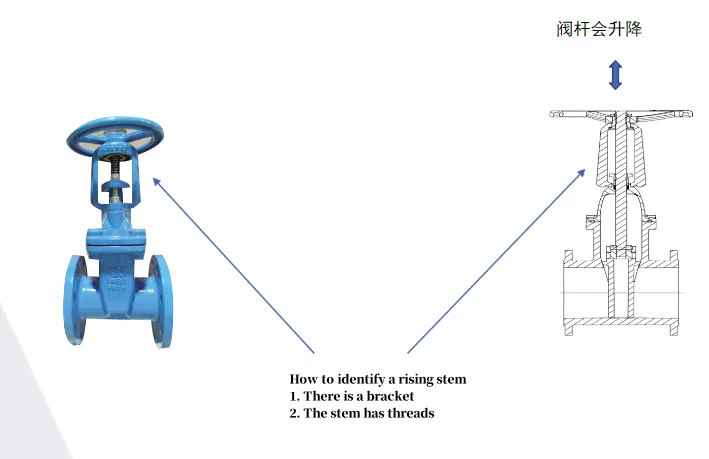pneumatically actuated butterfly valves
Pneumatically actuated butterfly valves are essential components in many industrial processes, providing efficient flow control in various applications. These valves are particularly favored for their simplicity, compact design, and quick operation, making them ideal for controlling the flow of gases and liquids in piping systems.
The construction of a pneumatically actuated butterfly valve includes a circular disc positioned in the center of the valve body, which rotates about a shaft. When the valve is open, the disc is parallel to the flow direction, allowing fluid to pass through with minimal resistance. Conversely, the disc can rotate to a perpendicular position, effectively blocking the flow. This mechanism allows for precise and rapid adjustments to the flow rate, enhancing overall system efficiency.
One of the most significant advantages of using a pneumatic actuator is its ability to deliver strong and reliable performance. Pneumatic actuation relies on compressed air, which can be easily controlled and can provide a rapid response time. This feature is particularly critical in processes that require quick adjustments to flow, such as in chemical processing, water treatment, and food and beverage manufacturing.
Moreover, pneumatically actuated butterfly valves are known for their durability and low maintenance requirements. The valve body is typically made from robust materials like stainless steel, which can withstand corrosive environments and high temperatures. This longevity extends the service life of the valves and reduces downtime for maintenance or replacement.
pneumatically actuated butterfly valves

In addition to their physical advantages, these valves can be automated and integrated into larger control systems, enhancing process efficiency. Advanced control strategies can be employed, utilizing sensors and feedback loops to monitor flow rates and make automatic adjustments, resulting in optimized system performance.
Environmental considerations are also increasingly influencing the adoption of pneumatically actuated butterfly valves. Their design allows for efficient flow handling with minimal energy consumption, making them a more sustainable choice in comparison to traditional valves. Furthermore, they can be equipped with features to prevent leaks and promote safe handling of hazardous materials.
In conclusion, pneumatically actuated butterfly valves are an integral part of modern industrial operations. Their reliability, efficiency, and ease of automation make them a preferred choice for professionals in various fields. As industries continue to innovate and seek more efficient solutions, the role of these valves is likely to become even more prominent in the years to come.
-
The Key to Fluid Control: Exploring the Advantages of Ball Valves in Industrial SystemsNewsJul.09,2025
-
The Versatile World of 1, 2, and 3 Piece Ball ValvesNewsJul.09,2025
-
Stainless Steel Ball Valves: The Ideal Choice for Efficient Flow ControlNewsJul.09,2025
-
Optimizing Fluid Control with Ball Float ValvesNewsJul.09,2025
-
Manual Gate Valves: Essential for Control and EfficiencyNewsJul.09,2025
-
Everything You Need to Know About Butterfly ValvesNewsJul.09,2025
-
The Versatility of Wafer Type Butterfly ValvesNewsJul.08,2025




